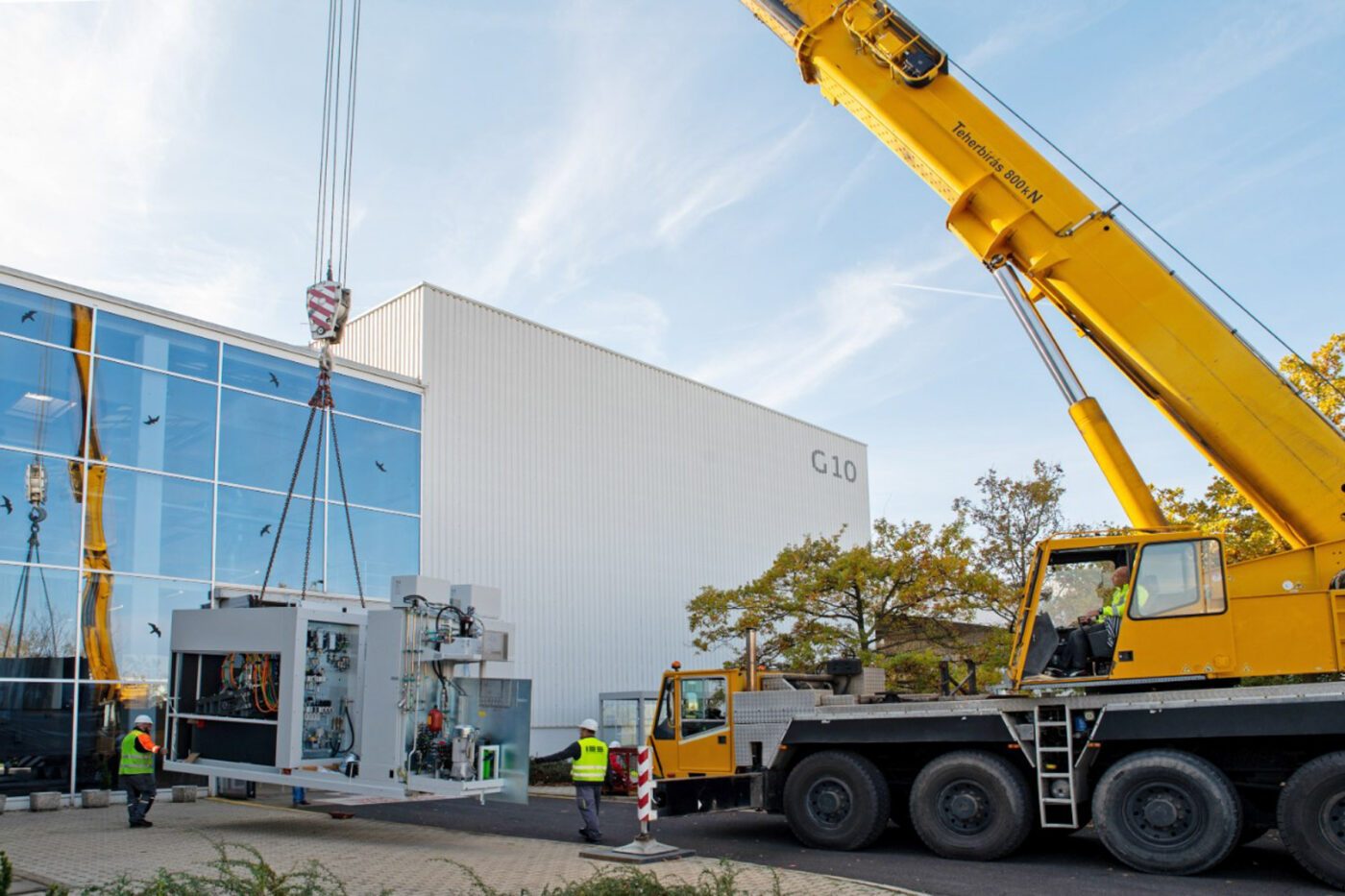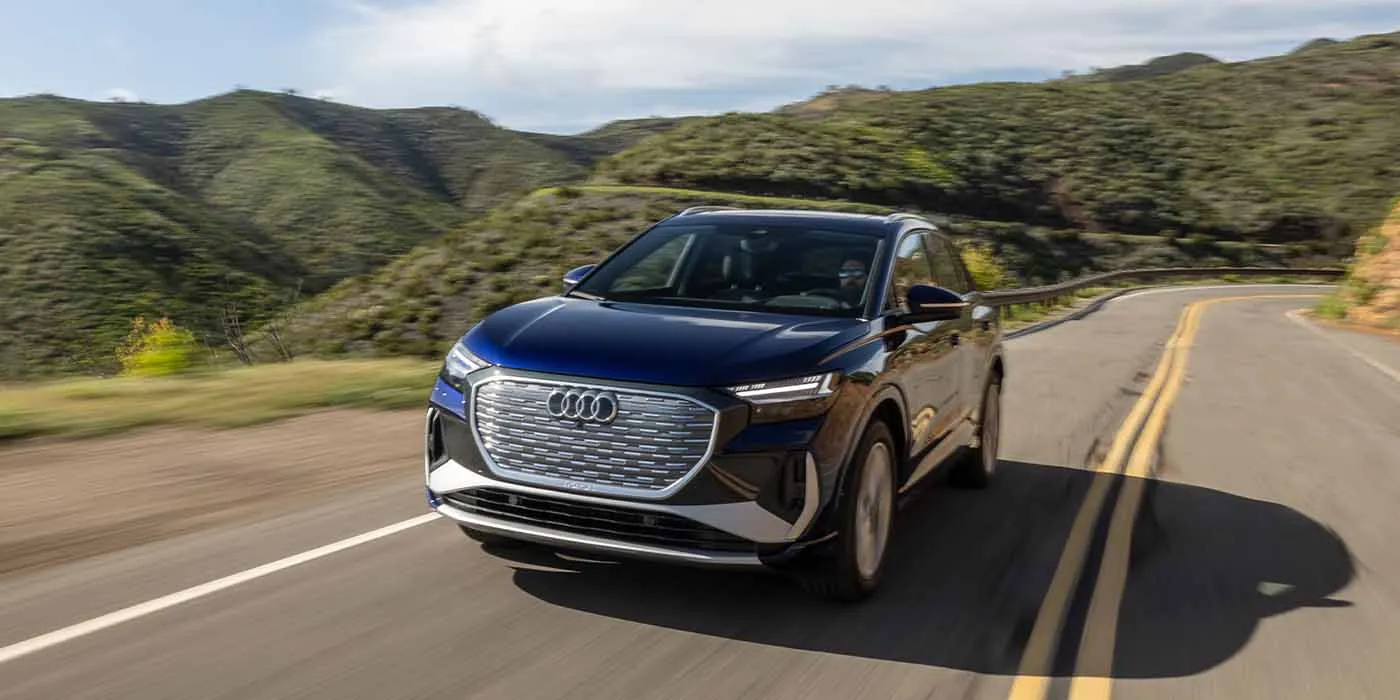Audi’s new CEO, Gernot Döllner, is implementing changes to the company’s structure and personnel as part of his “Audi Agenda,” which aims to adapt to evolving industry trends and streamline operations.
According to German magazine Automobilwoche, Audi will prioritize software development in future vehicle development efforts. Döllner plans to establish a “Software Defined Vehicle” hub in February to focus on new vehicle concepts across the Group’s brands, with participation from Volkswagen and its software subsidiary Cariad. Sanjay Lal, a software expert previously from Tesla, will lead the hub on the Cariad side.
See also: Audi Considers Mexico and China for Q8 e-tron Production Amid Structural Changes
Lorenz Führlinger will head the “Software Defined Vehicle” hub, bringing his experience from overseeing the MQB model series and electric models in the compact segment at Audi.
Another significant change involves Audi’s partnership with Chinese carmaker SAIC, with Fermin Soneira appointed to lead joint vehicle development. Soneira’s previous role overseeing all-electric models will be assumed by Robert Meyer in Ingolstadt.
Döllner announced these changes internally to employees at the end of January, signaling a strategic shift towards software-oriented development and operational efficiency.
See also: Audi Unveils Q8 e-tron Edition Dakar: Blending Off-Road Spirit with Electric Power
Audi confirmed the upcoming changes, emphasizing a focus on streamlining the model portfolio and strengthening the brand globally. The company aims to achieve this through clear responsibilities, efficient decision-making channels, and lean processes.
Recent reports suggest Audi’s transition towards becoming a process- and software-oriented organization, aiming for efficient factory utilization. Discussions are underway regarding the production of the next generation Q8 e-tron in Mexico, potentially discontinuing production in Belgium due to underutilization of the plant.
Overall, Audi’s restructuring efforts under Döllner aim to enhance efficiency, streamline operations, and adapt to changing industry dynamics, reflecting a broader trend towards software-driven vehicle development.






